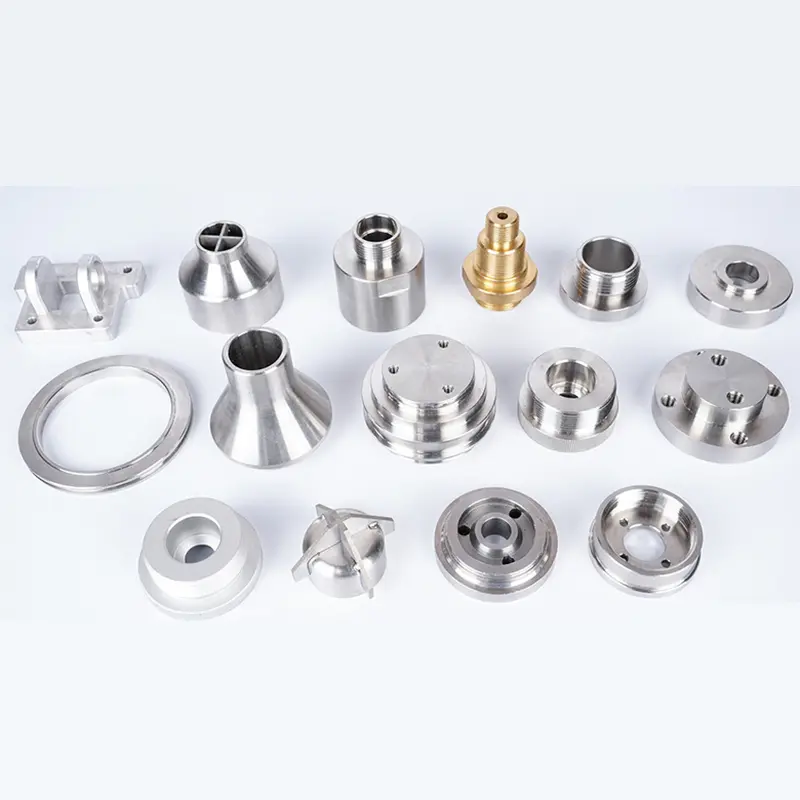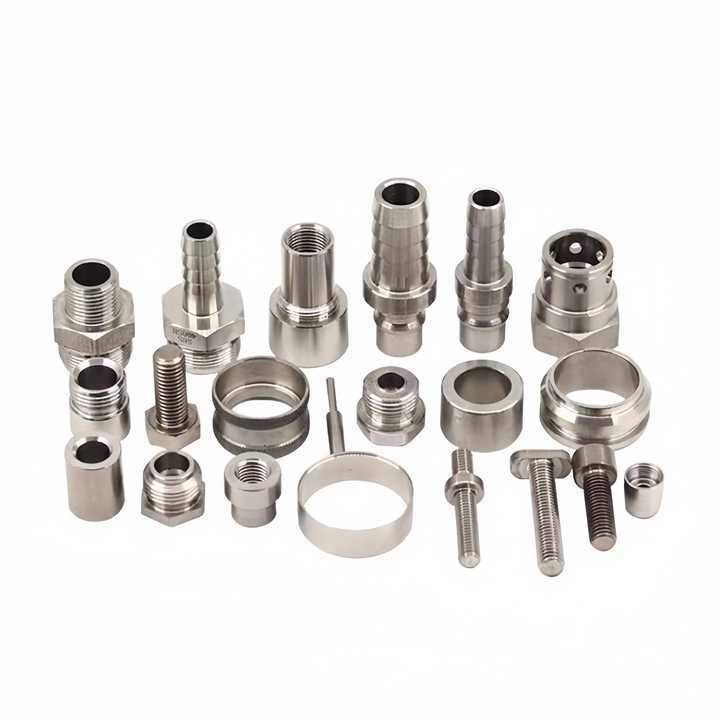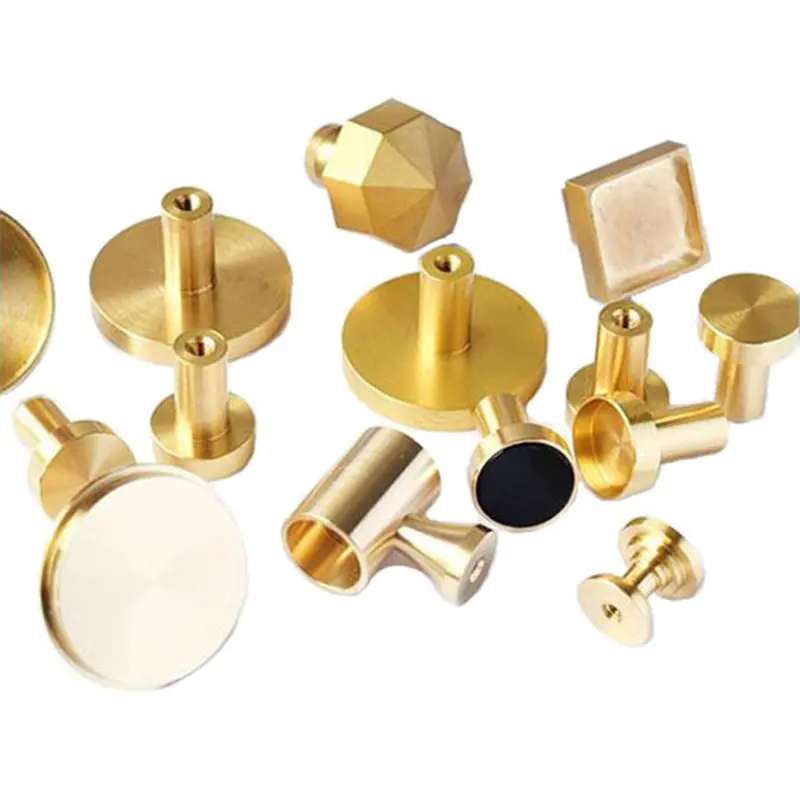Unlocking Precision: The Importance of CNC Machining Parts for Modern Manufacturing
Published Time:
2025-08-07
Unlocking Precision: The Importance of CNC Machining Parts for Modern Manufacturing
Table of Contents
1. Introduction to CNC Machining
2. What is CNC Machining?
3. The Evolution of CNC Machining in Manufacturing
4. Key Advantages of CNC Machining Parts
4.1 Enhanced Precision and Accuracy
4.2 Increased Efficiency and Productivity
4.3 Flexibility in Design and Production
4.4 Reduced Human Error in Manufacturing
5. Applications of CNC Machining Parts Across Industries
5.1 Aerospace Industry
5.2 Automotive Industry
5.3 Medical Sector
5.4 Electronics and Electrical Engineering
6. The Future of CNC Machining
7. Frequently Asked Questions (FAQs)
8. Conclusion
1. Introduction to CNC Machining
CNC (Computer Numerical Control) machining has revolutionized the manufacturing industry by providing unparalleled precision and efficiency. As we dive deeper into **why CNC machining parts are critical**, we will uncover their impact on various sectors and the technological advancements that have shaped this process over the years.
2. What is CNC Machining?
CNC machining refers to the automated process where pre-programmed computer software controls the movement of machinery and tools. This technique allows for the production of intricate parts with a high level of accuracy. The integration of computer technology with manufacturing processes enables seamless control over various operations, including drilling, milling, turning, and grinding.
3. The Evolution of CNC Machining in Manufacturing
CNC machining has its roots in the early 20th century but gained significant momentum in the 1950s with the introduction of computerized controls. Initially, it was a cumbersome process requiring specialized skills and knowledge. However, advancements in software programming and hardware technology have made it increasingly user-friendly and accessible.
Today, CNC machining is not only a cornerstone of modern manufacturing but also drives innovations in product design and assembly processes. As industries strive for higher efficiency and reduced costs, the demand for CNC machining parts continues to grow.
4. Key Advantages of CNC Machining Parts
Numerous benefits come with utilizing CNC machining parts in manufacturing. Let's explore some of the most significant advantages that make CNC machining indispensable.
4.1 Enhanced Precision and Accuracy
One of the most compelling reasons for using CNC machining parts is their **ability to produce highly precise components**. These parts are crafted with exact measurements, ensuring that every piece fits seamlessly into its intended application. This precision minimizes the risk of defects and enhances the overall quality of the final product.
4.2 Increased Efficiency and Productivity
CNC machines operate continuously and can work on multiple parts simultaneously. This capability results in **significantly improved productivity**. Unlike traditional machining, where manual intervention is often required, CNC machines can run unattended, allowing manufacturers to maximize their output.
4.3 Flexibility in Design and Production
CNC machining allows for **greater design flexibility**. Engineers can modify designs and specifications quickly without the need for extensive retooling. This adaptability is crucial in an era where consumer demands are constantly evolving, enabling businesses to stay competitive in their respective markets.
4.4 Reduced Human Error in Manufacturing
Human error is a common challenge in traditional machining processes. CNC machining minimizes this risk by relying on precise programming and automation. This reliability not only enhances product quality but also reduces waste, leading to more sustainable manufacturing practices.
5. Applications of CNC Machining Parts Across Industries
CNC machining parts find applications in numerous industries due to their adaptability and precision. Here, we delve into some key sectors where CNC machining is making a difference.
5.1 Aerospace Industry
In the aerospace sector, where safety and reliability are paramount, CNC machining parts are crucial. They are used in the production of aircraft components that demand **high precision** and rigorous quality standards. From engine parts to structural components, CNC machining ensures that every piece meets stringent regulations.
5.2 Automotive Industry
The automotive sector relies heavily on CNC machining parts for producing various components, including engine blocks, transmission housings, and interior fittings. The ability to manufacture complex geometries and maintain tight tolerances is vital for the performance and safety of vehicles.
5.3 Medical Sector
CNC machining plays a critical role in the medical sector, where precision is non-negotiable. Surgical instruments, implants, and prosthetics are all produced using CNC machining techniques. The customization capabilities of CNC machining allow for tailored solutions that meet individual patient needs.
5.4 Electronics and Electrical Engineering
In the electronics industry, CNC machining parts are used to create intricate components for devices such as smartphones, computers, and appliances. The demand for compact and complex designs makes CNC machining an invaluable process for meeting these requirements.
6. The Future of CNC Machining
As technology continues to evolve, so does CNC machining. The integration of artificial intelligence, machine learning, and IoT (Internet of Things) is set to further enhance the capabilities of CNC machines. With advancements in automation and smart manufacturing, we can expect even greater precision, efficiency, and flexibility in CNC machining processes.
Moreover, 3D printing and additive manufacturing are also influencing CNC machining, leading to innovative hybrid processes that combine traditional machining with new manufacturing technologies. This evolution will open up exciting possibilities for industries worldwide.
7. Frequently Asked Questions (FAQs)
Q1: What materials are commonly used in CNC machining?
A1: CNC machining can work with various materials, including metals (aluminum, steel, titanium), plastics (acrylic, nylon, PVC), and composites.
Q2: How does CNC machining compare to traditional machining methods?
A2: CNC machining is more precise, efficient, and flexible than traditional methods. It automates processes and reduces human error while allowing for complex designs.
Q3: Can CNC machining produce one-off parts as effectively as mass production?
A3: Yes, CNC machining is capable of producing both one-off parts and large production runs with equal precision and quality.
Q4: What industries benefit the most from CNC machining?
A4: Industries such as aerospace, automotive, medical, and electronics benefit significantly from CNC machining due to its precision and versatility.
Q5: What are the typical lead times for CNC machining parts?
A5: Lead times vary based on complexity and volume but generally range from a few days to several weeks, depending on the project specifications.
8. Conclusion
CNC machining parts are integral to the modern manufacturing landscape, providing unmatched precision, efficiency, and adaptability. As industries continue to evolve and demand higher standards, the importance of CNC machining will only grow. By embracing these advanced manufacturing techniques, businesses can stay ahead of the curve and produce high-quality components that meet the needs of an ever-changing market. **Unlocking precision through CNC machining** is not just a trend; it is a necessity for success in today's competitive environment. The future of manufacturing is bright, and CNC machining will undoubtedly play a pivotal role in shaping it.
Previous Page
Previous Page
Beijing Pafinal Precision Machinery Co., Ltd.
Email:sales@pafinal.com

Address: No. 239 Huanhe South Road, Tianjin Pilot Free Trade Zone (Airport Economic Zone), Tianjin
中企跨境-全域组件
制作前进入CSS配置样式
sales@pafinal.com:
Whatsapp:
在线客服添加返回顶部
图片alt标题设置: PAFINAL
表单验证提示文本: Content cannot be empty!
循环体没有内容时: Sorry,no matching items were found.
CSS / JS 文件放置地




 2025-08-07
2025-08-07


